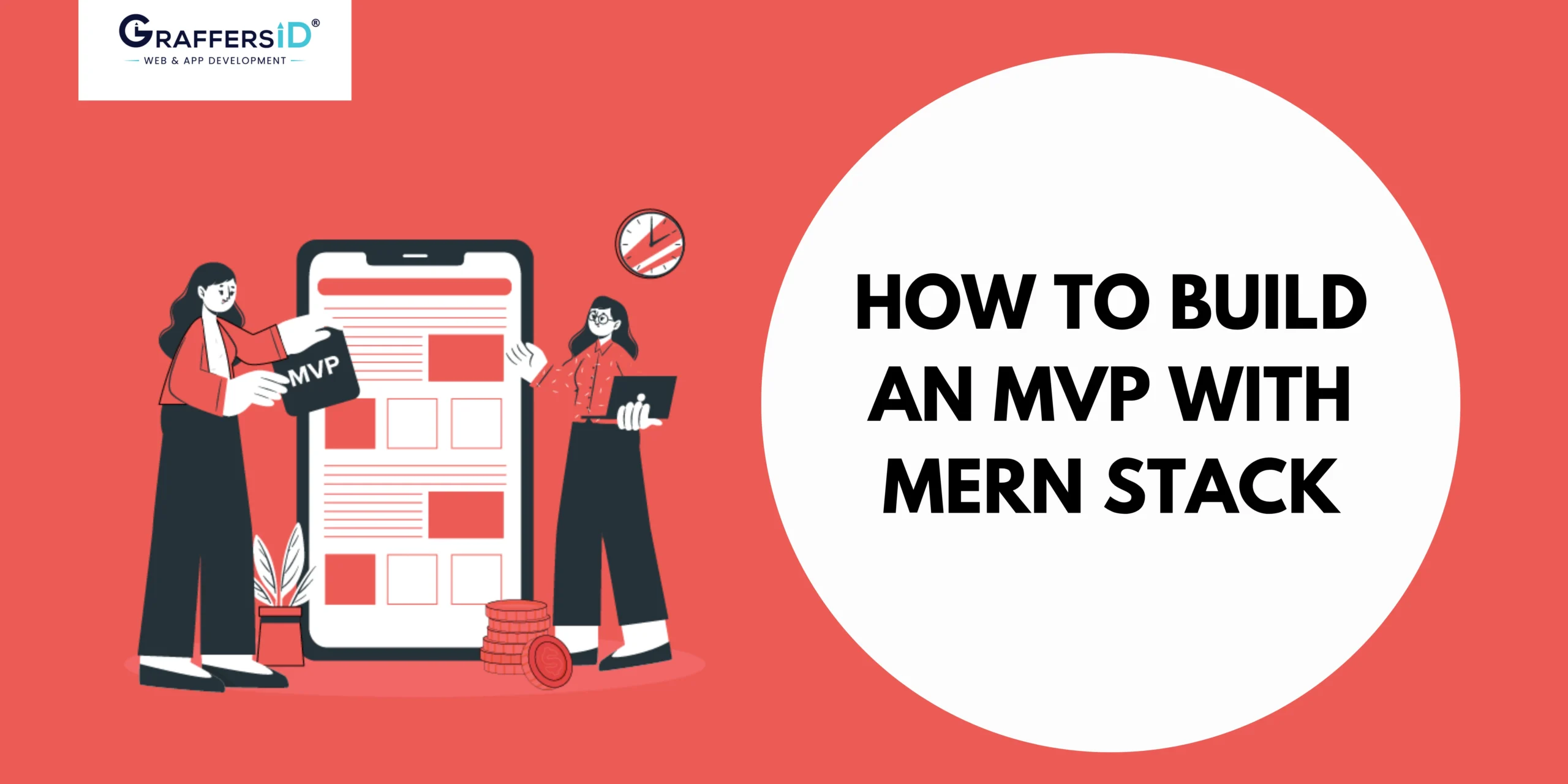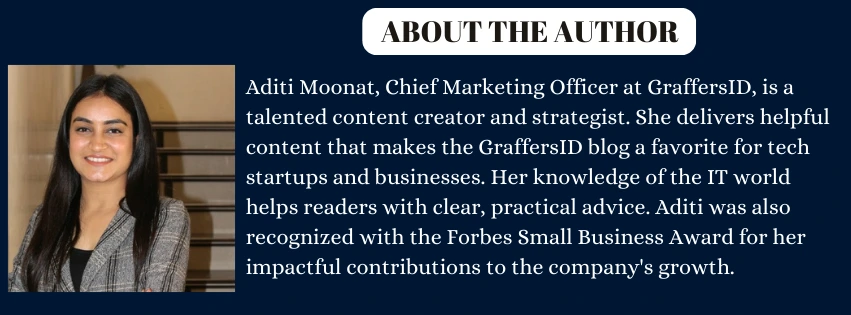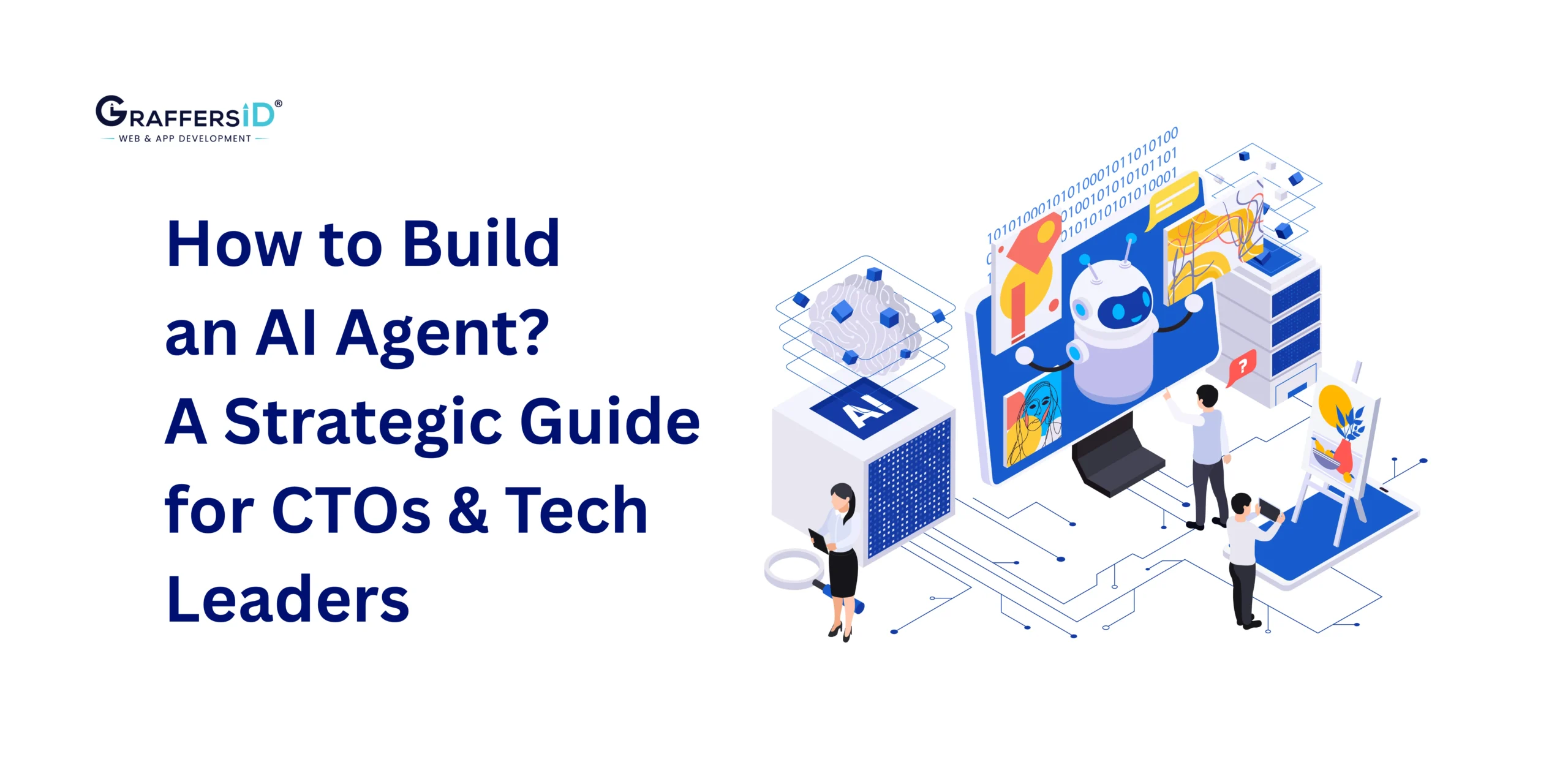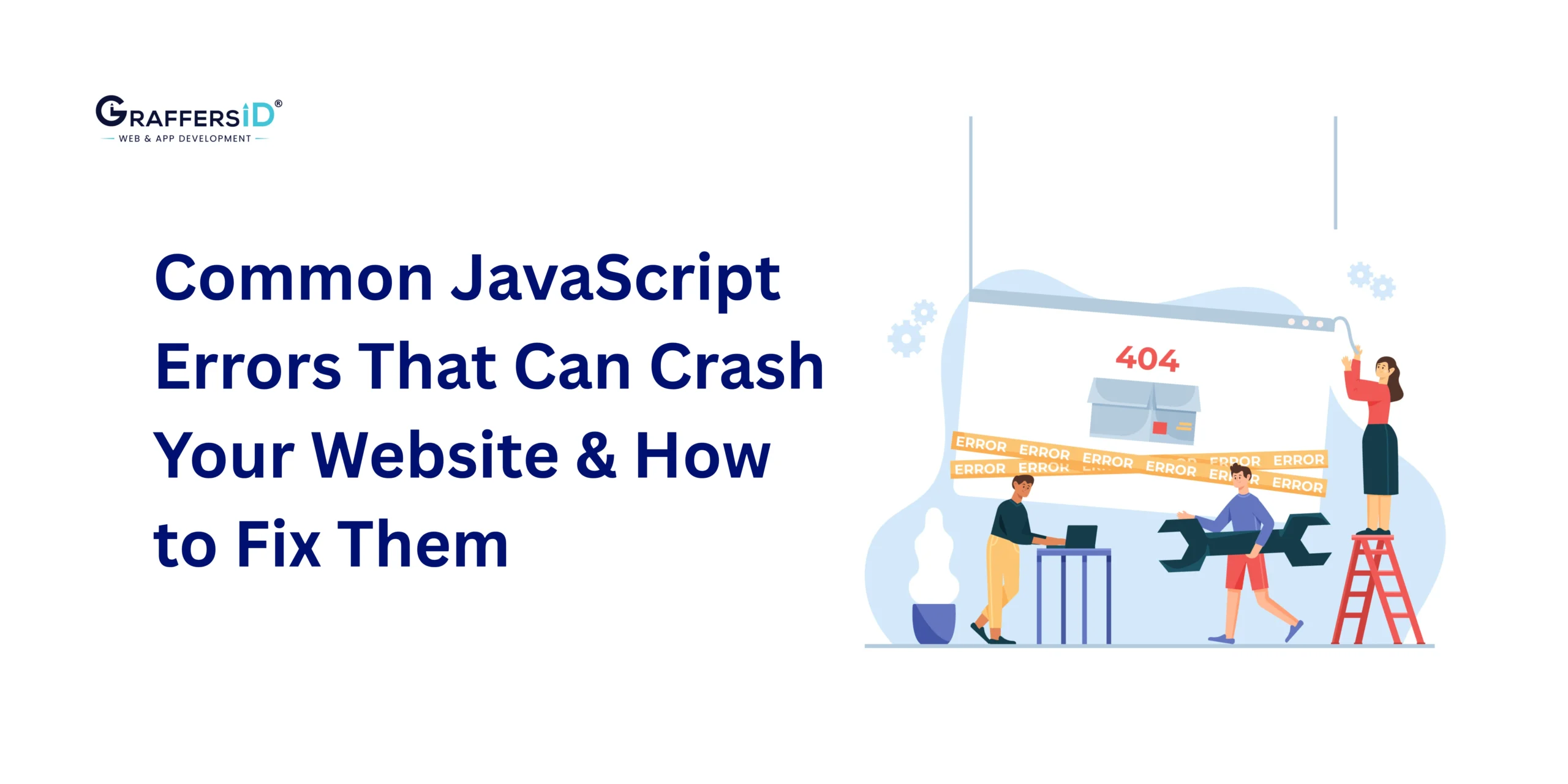The first step to bringing your idea to life is to build an MVP (Minimum Viable Product) of your product. Every founder and technical lead wants to build their MVP quickly, in a cost-effective manner, and with a tech stack that will support future scalability. MERN stack (MongoDB, Express js, React js, Node js) is one of the popular tech stacks for rapid MVP development. This popularity stems from various factors like full-stack JavaScript access, flexibility, and fast prototyping.
In this article, I will walk you through the essential steps to build an MVP with the MERN stack. We will cover different aspects of the process -from planning to costing. By the end, you should be able to clearly understand the roadmap for building your MVP and running it efficiently.
Planning Your MVP – Defining Scope and Goals
Proper planning is very important to ensure that your MVP meets its objectives. So before going ahead with the development, let’s look at the structure for your MVP roadmap-
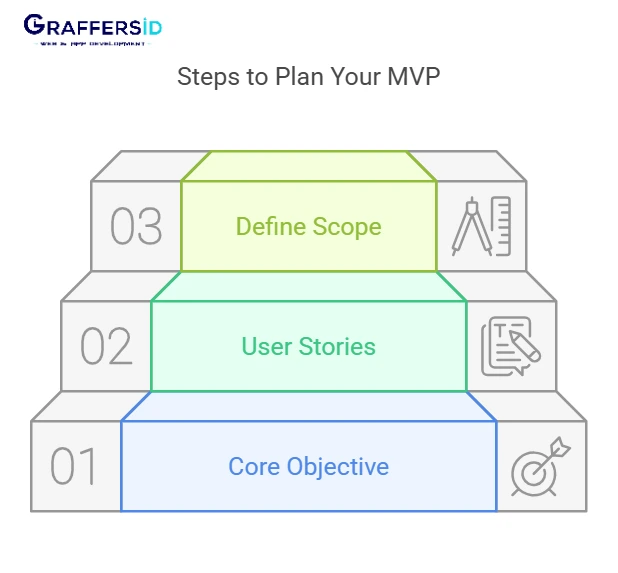
Step 1: Define Your Core Objective by answering your ‘Ws’
- What problem does your MVP solve?
- Who are your target users, and how will they interact with the product?
- Which features are essential to validate your business idea?
Step 2: Create User Stories
User stories help visualize how users will interact with your product. A simple format follows:
| User Type | Action | Goal |
| Customer | Sign Up | Access the dashboard |
| Seller | Upload Item | List products for sale |
| Admin | Monitor users | Ensure platform security |
Step 3: Define Your MVP Scope
Rather than fitting all possible features in the first release, pay attention to the core functionalities. Your MVP should be able to provide a solution for your targetted problem, be usable and engaging, and should be launched within a decided budget and timeframe. A recommended approach is to start with a single-use case (e.g., user authentication and dashboard access) and gradually make changes based on the user feedback.
Read Also: What are the Best Practices for Security in Offshore node js Development
Why MERN is Ideal for MVP Development
There are several reasons why the MERN stack is an ideal choice for building MVPs-
| Feature | MERN Stack Advantage |
| Full-Stack JS | Uses JavaScript across frontend & backend. |
| Fast Development | React speeds up UI development. |
| Scalability | MongoDB handles flexible and growing data needs. |
| API Friendly | Express.js simplifies building RESTful APIs. |
| Performance | Node.js offers non-blocking, event-driven I/O. |
Key Benefits:
With the MERN stack, you get rapid prototyping in React’s component-based architecture where you can quickly iterate on UI/UX, one language for all operations- frontend, backend, database. Along with this, the stack has great scope for flexibility and scalability- MongoDB’s NoSQL structure allows adapting the schema dynamically.
Key Development Milestones – Setting Up MongoDB, Express, React, Node
In the process of developing an MVP, you have to start with the right foundation. Choosing the right tech stack is a big part of this foundation, as it will allow for seamless development of your MVP. The MERN stack- which consists of MongoDB, Express js, React, and Node js, each having a significant role- can help you build a scalable and functional MVP with ease.
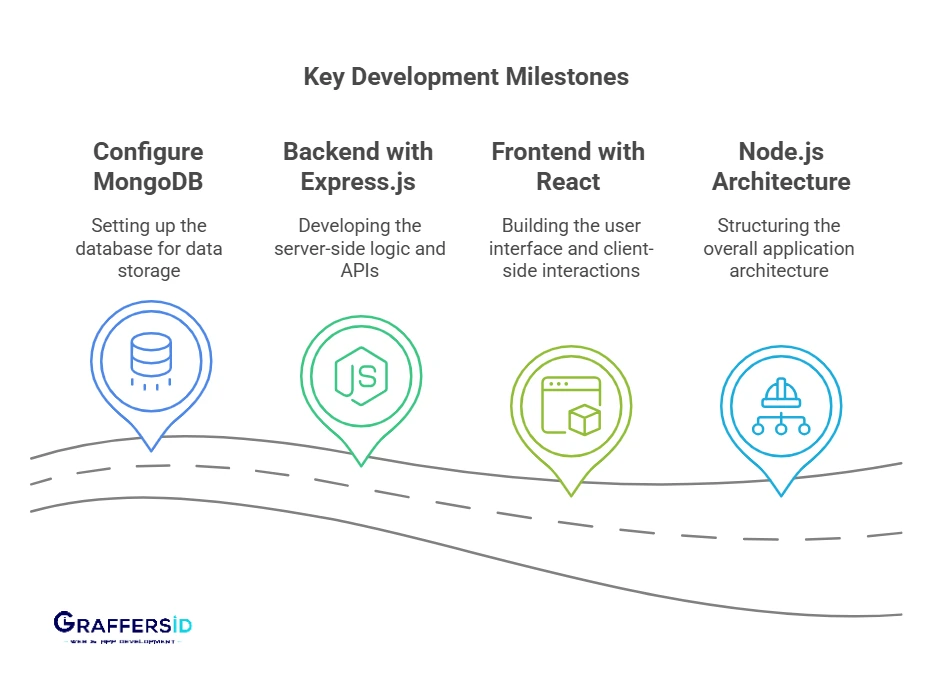
Milestone #1
The first step in the process of setting up is configuring MongoDB, a NoSQL database that leverages flexibility in handling dynamic and unstructured data. MongoDB lets you store data in JSON-like (JavaScript Object Notation) documents, making it the prime choice for projects that need rapid changes. You start the process by installing MongoDB locally or using MongoDB Atlas, a cloud-based managed database service that simplifies scaling and management.
Milestone #2
Next in the process is the backend- with Express js. This technology streamlines API creation and server-side logic. Express is the sandwiched layer between MongoDB and the front end, ensuring smooth and seamless communication. By defining routes and handling API requests efficiently, Express js allows for quick data processing. This is essential when developing an MVP.
Milestone #3
Moving on to the front-end development with React. React’s component-based architecture allows developers to build reusable UI components, which results in a more maintainable and dynamic user experience. The declarative nature of React makes it quite simple to update the UI efficiently. This proves beneficial for testing different designs and features in the MVP phase.
Milestone #4
Last but not least, Node js behaves as the runtime environment that allows JavaScript to run on the server side. It has a non-blocking, event-driven architecture that ensures fast and scalable backend operations. Node js helps handle multiple client requests, making it perfect for real-time applications and scalable MVPs.
Bringing these technologies together ensures that the MERN stack provides a streamlined development process. Proper configuration of each component, combined with best practices like modular code structuring and API documentation, guarantees that your MVP is built for both speed and scalability. By following these milestones, you ensure that your MERN-based MVP is not only functional but also optimized for growth.
Cost and Timeline Considerations
When developing an MVP, two of the major concerns are budgeting and time allocation. You do not want to spend outside your budget or allocate more time than required. To optimize the process, here is what you should do-
Factor |
Cost Impact |
| Tech Stack | MERN stack is cost-effective (free & open-source) |
| Development | Hiring a team or using IT staff augmentation |
| Hosting | AWS, Vercel, or Heroku (Free tiers available) |
| Maintenance | Ongoing updates, bug fixes, scaling |
How to Reduce Costs?
Some ways you can reduce costs is by
- Using free libraries and frameworks, which will reduce expenses
- Choose pay-as-you-go models, which will help avoid overspending
- Avoid scaling at an early stage, instead wait till your MVP gains traction
- Consider alternate hiring models like IT staff augmentation companies that let you hire dedicated remote developers, saving as much as up to 40% on in-house costs.
Estimated Development Timeline
| Stage | Time Estimate |
| MVP Planning | 1-2 weeks |
| Setting up MERN Stack | 1 week |
| Core Features | 3-5 weeks |
| Testing & Deployment | 2 weeks |
| Total MVP Development | 8-10 weeks |
By following an agile methodology, development cycles can be shortened while ensuring continuous improvements based on feedback.
Final Thoughts – Launching Your MVP with Confidence
Developing an MVP is all about moving fast, testing your ideas, and iterating based on feedback from real users. The MERN stack meets all of these requirements and offers the perfect blend of speed, flexibility, and scalability. Always plan your MVP roadmap by defining the core objectives and scope before starting development, make sure to choose the right stack, reduce unnecessary costs by using open-source tools and cloud services, and develop your model in iterations. With this structured approach, you will build your MVP successfully and validate your business idea without delays and extra expenses.
If you’re looking for top-notch MVP development and product development services, look no further than GraffersID. Our team of experienced developers and product managers can help turn your vision into a reality. Whether you need help with building a minimum viable product to test your idea or you’re ready to take your product to the next level, we’ve got you covered. Don’t wait any longer to bring your product to market – Contact GraffersID today and let us help you succeed!
